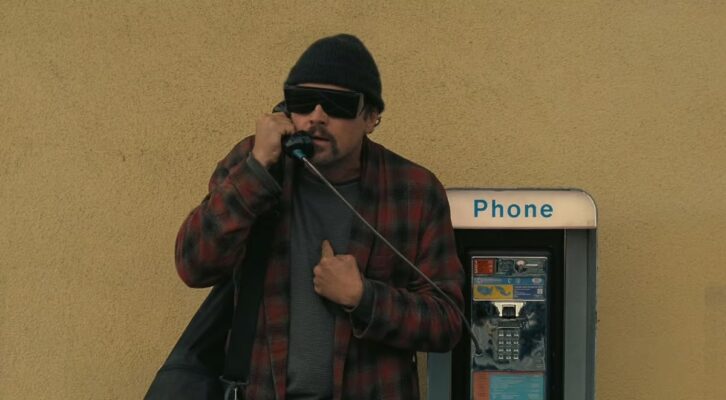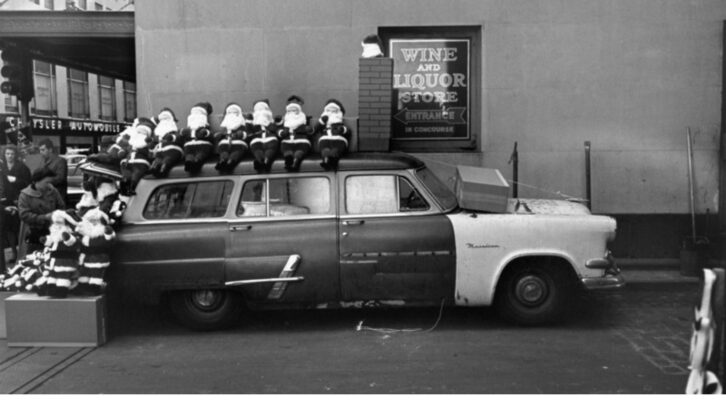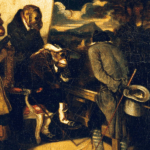My new novel Terra Incognita, set in 1889, opens with the theft of a priceless artifact from a famous explorer in the chaos between a bareknuckle boxing match and a New York gang turf war. The thief, Lily Vane, joins Sir Ashmore Bedivere and his companions on an adventure to discover the world’s last lost city, and along the way finds herself engaged in one crime after another, as her special talents—and Sir Ashmore’s brutal determination—demand. While Terra Incognita is fiction, the lawlessness encountered at every stage of the fateful expedition is far from invented.
With close quarters, hot heads, desolate locations and desperate situations, missions of discovery and exploration were far from noble conquests. Body counts stacked up under mysterious circumstances, and rumors of unspeakable acts created sensations back home that far outweighed the coloring in of a blank space on the map. In researching these expeditions for Terra Incognita, I encountered one shocking crime after another—the most prevalent being murder. Here are five instances that will have you rethinking what it once meant to plant a flag on “new” territory.
***
Murder by Cannibalism: The doomed Franklin Expedition is likely the most famous case, with a body count of 129. Sir John Franklin’s two ships—Erebus and Terror—became icebound while attempting to map parts of the Northwest Passage, and waves of death followed as the crew eventually abandoned the ships and tried to survive in the arctic wilderness. Spoiler: no one survived. Probable causes of death ranged from starvation to lead poisoning, but it’s clear that cannibalism occurred. Whether or not the men died naturally or were helped along by their ravenous crewmates remains yet another secret of the fated voyage.
Murder by Poisoning: Though it was long thought that Charles Frances Hall—a murderer himself, I might add—died of apoplexy aboard his ship Polaris, recent evidence has brought a new theory to light. It is now suggested that Captain Hall actually died from arsenic poisoning. The suspected murderer was none other than Hall’s surgeon and chief of scientific staff—and the motive? Jealousy over a woman.
Murder by Gunshot: Before Captain Hall was a possible victim himself, he outright murdered an unarmed man whom he suspected of mutiny. Hall was actually captaining a mission to investigate the lost Franklin Expedition when he shot and killed Patrick Coleman, a whaler in his crew. Hall was never prosecuted by either Canadian or American authorities and so, quite literally, got away with murder.
Murder by Gunshot (but in a warm place this time!): Most of the crew of HMS Wager died of starvation or disease after their shipped wrecked and they found themselves trapped on an uninhabitable island off the coast of Chile, but midshipman Henry Cozens met his demise at the hands of his own captain. In the aftermath of mutiny, and amidst the general anarchy on the island, Captain Cheap lost his cool and took his rage out on Cozen. One day, he simply stormed out of his tent and shot Cozen point blank in the face. Cruelly, Cheap denied Cozen any medical care and, after ten days of agony, the midshipman finally died.
Murder by Mutiny: While mutiny seems to play a key role in every tragic expedition, it’s not usually a direct act of murder. Not so for Henry Hudson. When the crew of Discovery mutinied—demanding that they return home while he insisted on continuing his search for the cursed Northwest Passage—they didn’t waste any time in booting Hudson off the ship. Hudson, his son and a few loyal crewmembers weren’t even given the luxury of being marooned on an island, but instead were tossed into a tiny boat and left to drift. They were never seen again.
***
Whether or not a murder takes place on Sir Ashmore’s Undine or in Tangier, Constantinople or any of the other far locations his motley crew travels to in their quest for the lost city of Alatyra—is a mystery only to be solved by reading Terra Incognita.

















